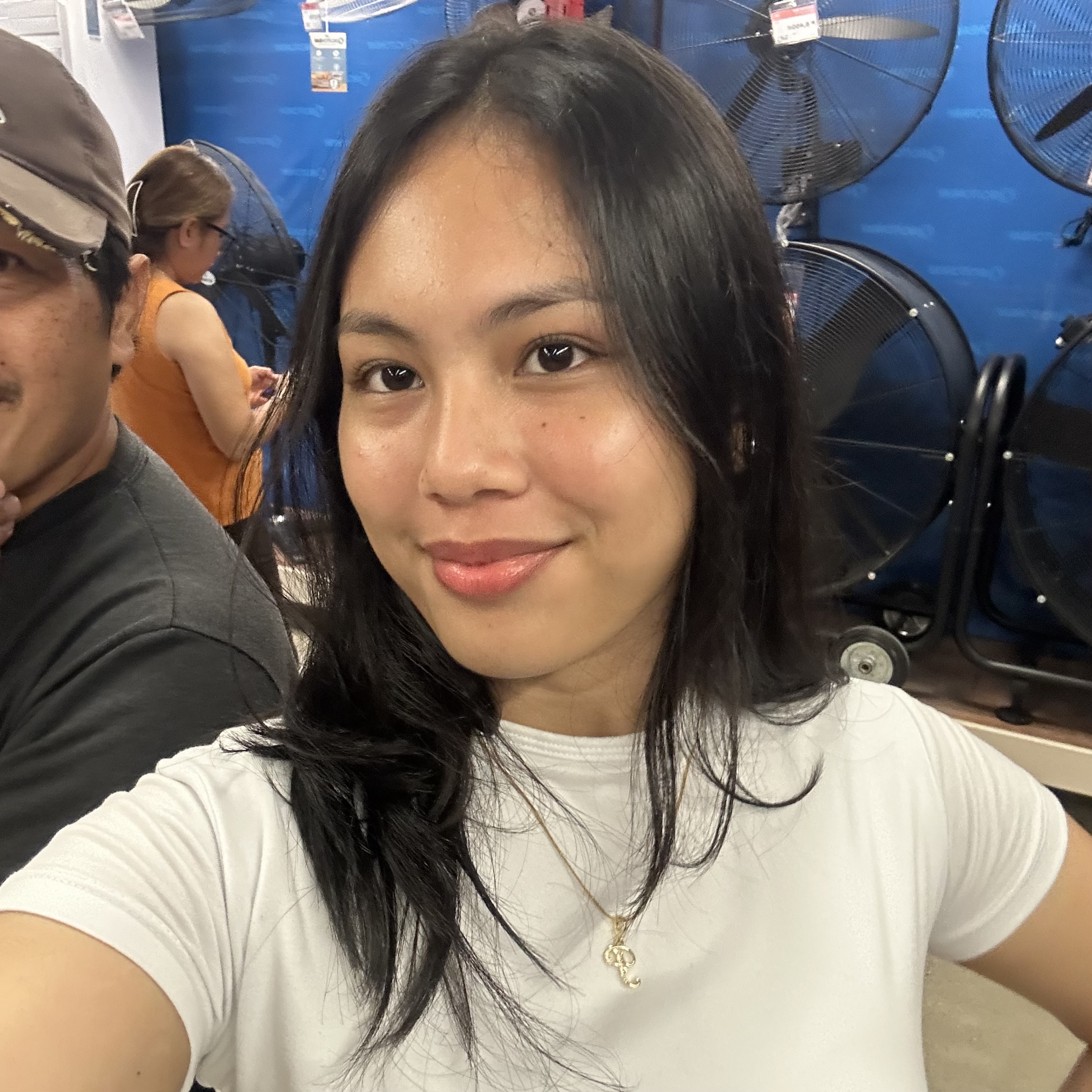PHYSICAL EDUCATION REVIEWER
Cards (19)
- Tensile forces are those that act away from the center of the structure, causing a pull or stretch.
- Compressive forces impact the center causing it to bend or fold.
- Shear forces are opposing forces toward the different ends of the structure.
- Musculoskeletal structures: Ligaments, tendons, bones, muscles, joints
- Acute injuries manifest immediately after force application.
- Chronic injuries occur after a long period of exposure to the force.
- Acute injuries: Sprains, strains, fractures, dislocations, and wounds.
- An overstretched ligament is called a sprain.
- A strain is caused by excessive stretching that causes tears in the muscle-tendon unit.
- Fractures are breaks in the continuity of the bone.
- Dislocations are bones that are pushed out from their join capsule.
- Overuse or chronic injuries: Stress fractures, tendinopathy, osteoarthritis, bursitis.
- Swelling occurs due to fluid accumulation as a result of increased blood flow and blood vessel permeability.
- Inflammation is also characterized by pain, redness, and warmth.
- Concussions are life-threatening injuries because they disrupt the normal function of the brain.
- Stress fractures commonly occur among runners who train for long periods without adequate rest periods.
- Tendinitis: Usually due to muscle imbalance between muscle pairs.
- Osteoarthritis is the wear and tear of a joint that results to its deterioration.
- The bursa is a sac-like musculoskeletal structure that provides support and cushioning to the joint.
